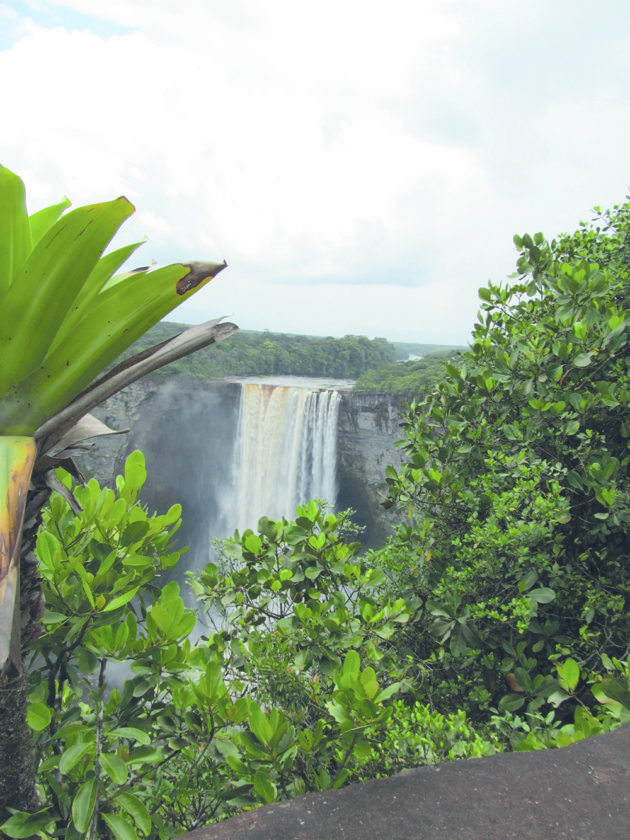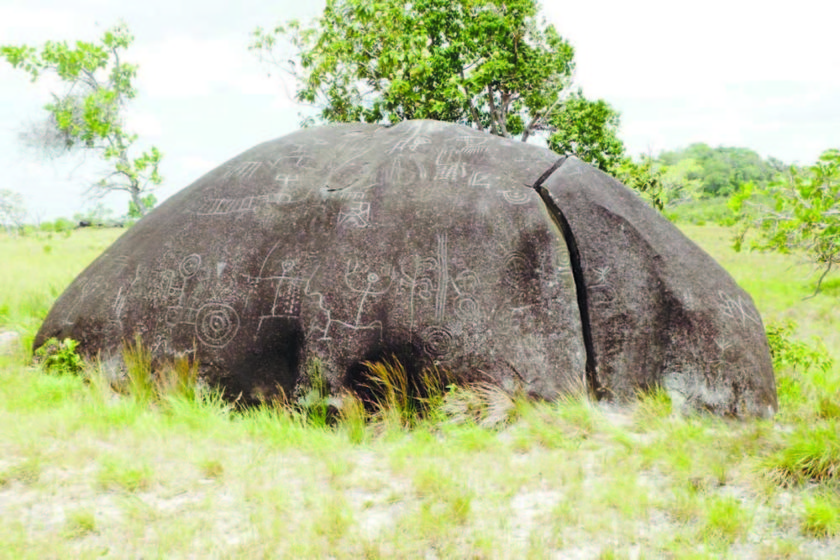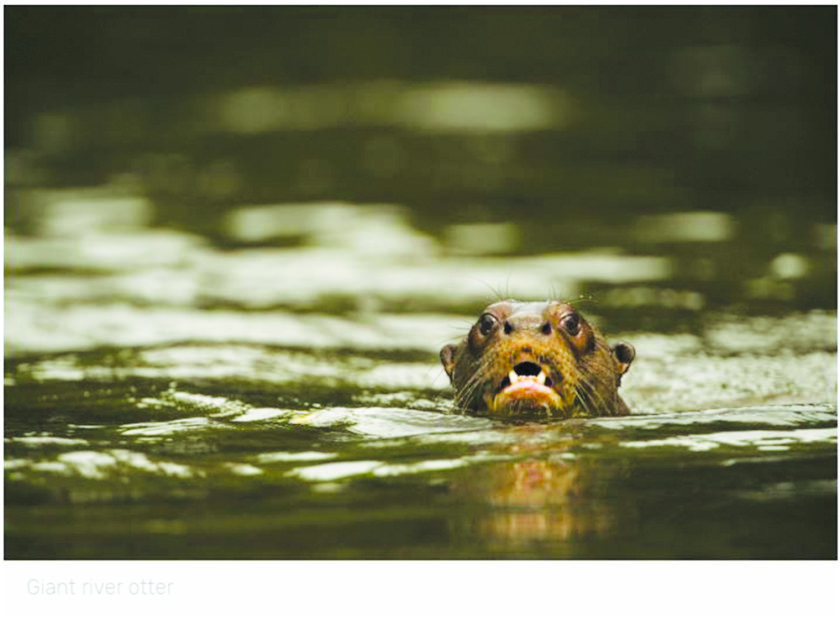The crisp air of the Pakaraimas is just one of the major reasons for living in the picturesque village of Paramakatoi, which is located on the left bank of the Kawa River in the North Pakaraimas. The beautiful settlement is one of the largest and most developed of Amerindian communities in Region 8 and functions as a regional centre for the catchment area.
Paramakatoi consists of the central Village and two satellite communities. A Toshao, two senior councillors and 19 other councillors administer Paramakatoi as a whole. The central Village of Paramakatoi is governed by the Toshao and nine councillors who cover the following positions and areas: deputy Toshao, secretary, treasurer, sport, culture, education, agriculture, health and sanitation, and security.
The satellite community of Bamboo Creek has a council comprising one senior councillor and seven other councillors. The council of the other satellite community, Mountain Foot, is made up of one senior councillor and three other councillors.
The village has just a little over two thousand residents from the Patamona, Makushi and Wapichan tribes and is bordered by Kato, Taruka and Tuseneng villages. The villagers is heavily dependent on subsistence farming, hunting and fishing for their livelihoods. In addition, some are also involved in cattle rearing, small-scale trade in local crafts and mining.
According to the Amerindian Peoples Association’s “Our Land, Our Life” report, the young men would leave the community for months at a time to carry out mining identifying that some mining also occurs within or close to Paramakatoi’s customary land, such as in Siparuni, Arnik and Moruwa.
The people of Paramakatoi go far out of the title to hunt, fish and gather materials. They know that Siparuni is the key area for those activities and is described by the residents as their supermarket. However, the esidents are worried about the potential threat posed by extractive industries in Siparuni and Tipuru to their future food security.
The Village is a closely knitted one with everyone looking out for each other. Being one of, if not the, largest developed Amerindian settlement, the village of Paramakatoi has schools for their children as well as health care and makes it an ideal place to visit.
So grab a backpack and take a tour, it is worth it. (Photos provided by the Amerindian Peoples Association) (Guyana Times Sunday Magazine)











